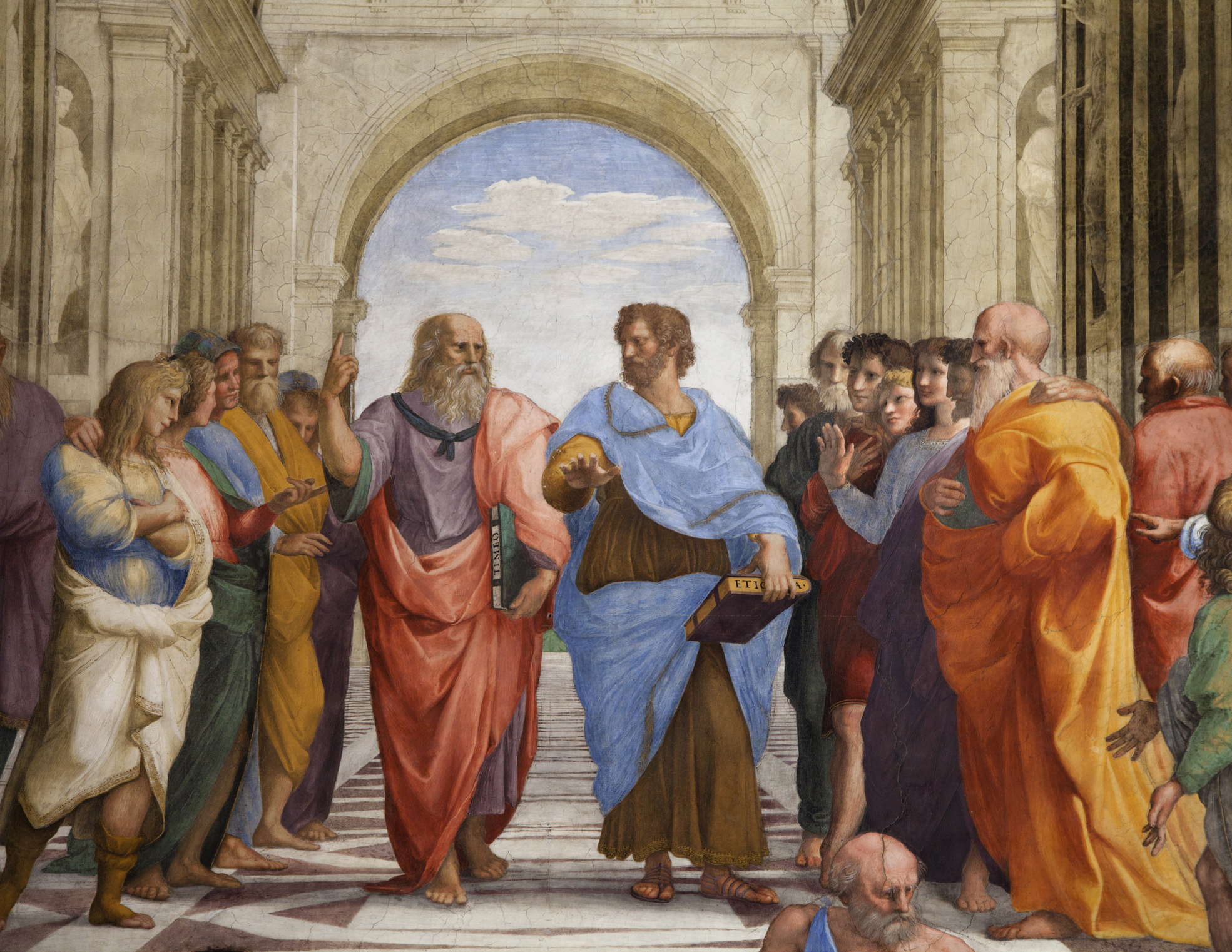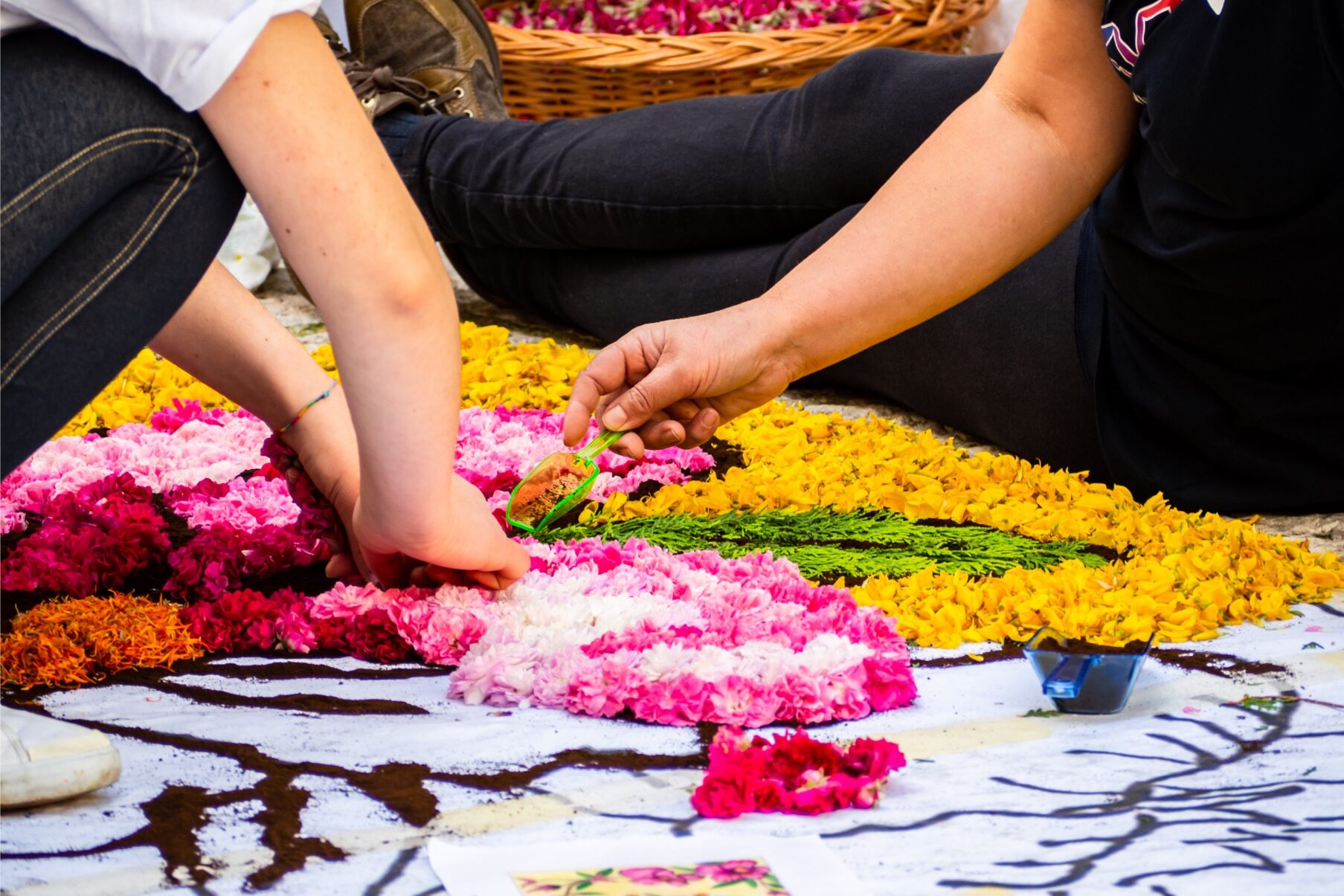Investing in our territory, in its history and culture means investing in our future. Taking care of what we’ve inherited means keeping our social and human heritage – so rich and varied – alive. The quality and state of conservation of a monument tell us primarily about the solidity of a people’s connection with their roots. If we erased all traces of our past, the loss would hit us in more than one way: we wouldn’t only lose diversity and wealth, but also the collective and material efforts, the ingenuity that, once upon a time, made it all possible. We would lose the value that place had throughout the centuries and in the life of a community, in the memory of our society.
We should remember that, just as it is for our family jewels, art is more than its monetary and material value. It is, just like cherished objects passed on from one generation to another are: a concentrate of memories, an expression of affection, a token of love, a symbol of feelings. It is a concrete example of the values in which our society used to recognize itself. The monuments around us, in other words, are not a mere background, a prop in a beautiful landscape, stones set within an urban context, they embody ingenious creative choices, innovative challenges, and well-known techniques. They are icons of power and means of protection, expression of past epochs and historical events, the result of a series of influences and cultural elaborations. But they are also places where life used to happen, a meeting point, the background to world-changing events.
Preserving what the past left us means keeping on benefiting from the association with the places we live in, and from the beauty that makes them so special. Safeguarding this inheritance is a duty we have towards future generations. But this patrimony made of architectural masterpieces, of pictorial and sculptural marvels, this cultural factory that produces beauty, is also something that enriches our present.
Italy is a garden filled with artistic treasures, a tree laden with precious fruits. When visiting, you are spoiled for choice, and picking an itinerary means you’re bound to miss something just as amazing. Our patrimony is so vast and varied that, in a certain way, it is understandable to have material difficulties in managing it all, in protecting it and valorizing it as it deserves. I mean, besides neglect and sloppiness, which are never acceptable nor justifiable, we all know that often, in this context, nothing is enough.
In an attempt to do some damage control, in 2014 the Italian government took inspiration from history. The “Urgent Dispositions for the Protection of Cultural Heritage, Development of Culture and Revitalization of Tourism” introduced tax credits for all monetary donations made towards the safeguarding of a monument, giving a modern allure to an ancient idea: patronage, or mecenatismo in Italian.
Gaius Cilnius Maecenas was born on the 15th of April of 68 BC. He was a Roman politician, an influential advisor and ally of Augustus but, above all, he was an important supporter of a whole new generation of poets, including Horace and Virgil. He used his wealth to support artists, helping art – the same art that was to enrich Latin culture so greatly – develop. He was the creator of the noblest of practices, the same that made the Renaissance courts of the Medicis, the Gonzagas, the Estes famous, inspiring superb competitions in magnificence. The same practice popes and kings followed, even during the Modern Era, to build their charming cities, their wonderful churches, and their fabulous residences.
Today, thanks to the Art Bonus, those who donate to culture can benefit from significant tax breaks, as delineated by law. This incentive (https://artbonus.gov.it) to take care of our cultural patrimony has been working well, if we think that more than 26,000 donors have already contributed, across all regions, towards the welfare of our libraries, theaters, archeological sites, museums, towers, churches, opera and symphonic music foundations, orchestras, and festivals. You can choose what you want to support and where you want to intervene, from North to South. Of course, there is more than one motivation – from fiscal benefits to a sense of civic duty, from social responsibility to love for art – but the result is the same: we can contribute to valorizing Italy. Great and small interventions, all absolutely essential, though, that create work, develop the territory, support local economy and tourism.
Considering the vastness of our national artistic patrimony, Art Bonus is not enough. Fundraisers and donations from private agencies, associations, single benefactors are still key. Luckily non-for-profit organizations and generous philanthropists from abroad contribute, too: perhaps, from a distance, they recognize the value of our art even better. We shouldn’t wonder why. Safeguarding our past is a value, a collective and shared patrimony, and to contribute to protecting something that belongs to everyone, you don’t need a passport, just love for art and beauty.
Investire nel territorio, nella sua storia e cultura significa investire nel futuro. Avere cura di ciò che abbiamo ereditato consente di non disperdere un patrimonio sociale e umano ricco e stratificato. Quando siamo di fronte a un monumento, il suo grado di conservazione e tutela ci racconta innanzitutto quanto solide siano le radici di un popolo. Se si cancellano le tracce del passato, non si perdono solo ricchezza e diversità, gli sforzi progettuali, materiali e collettivi che un tempo hanno reso possibile l’impresa, ma anche tutto il valore che quel luogo ha avuto nel tempo, nella vita delle comunità, nella memoria di una società.
Un po’ come se fossero vecchi gioielli di famiglia, dovremmo ricordarci che, al di là di un passeggero valore monetario e materiale, quei corredi tramandati fra le generazioni sono un concentrato di ricordi, espressione di legami affettivi, pegni di amore, simboli sentimentali ed esempi concreti dei valori in cui si riconosceva una società. I monumenti che ci circondano cioè, non sono semplici punti scenografici sull’orizzonte, equipaggiamento di un bel paesaggio, pietre incastonate in un contesto urbano, ma ingegnose scelte creative, sfide innovative a tecniche consolidate, icone di potere e strumenti di protezione, espressione di epoche e trascorsi storici, esito di influenze e rielaborazioni culturali ma anche luoghi di vita, punti di incontro, fondali di eventi. Conservare i lasciti del passato consente infatti di beneficiare di quella patina valoriale che avvolge e rende speciali i posti in cui viviamo. Proteggere quel che si è ereditato, quel patrimonio fatto di capolavori architettonici, di opere pittoriche e scultoree, quella fabbrica di cultura che raccoglie le varie arti sotto il comune denominatore della bellezza, è un dovere verso le generazioni future che però arricchisce e sostanzia innanzitutto il presente.
L’Italia è un giardino di tesori d’arte, un albero carico di frutti preziosi. C’è l’imbarazzo della scelta quando la si visita: optare per un itinerario significa perdere qualcosa da vedere seguendo un altro tragitto. Nel senso che il patrimonio è così vasto e variegato che in un certo senso è comprensibile che ci siano difficoltà materiali a gestirlo tutto, a proteggerlo e valorizzarlo a dovere. Insomma, tolte sciatteria e incuria che non sono mai tollerabili, è però facile che la coperta sia corta.
Per tentare di arginare i danni, nel 2014 il governo italiano ha pensato alla storia. Perché la pratica è tutt’altro che inedita. Quando ha emanato le “Disposizioni urgenti per la tutela del patrimonio culturale, lo sviluppo della cultura e il rilancio del turismo” introducendo un credito d’imposta per le erogazioni liberali in denaro a favore dei monumenti, non ha fatto altro che dare una veste moderna a una virtù antica: il mecenatismo.
Gaio Cilnio Mecenate, nato il 15 aprile 68 avanti Cristo, fu un politico romano, influente consigliere e alleato dell’imperatore Augusto ma soprattutto fu un importante protettore della nuova generazione di poeti augustei, tra i quali Orazio e Virgilio. La sua ricchezza manteneva gli artisti e lasciava fiorire l’arte, che impreziosiva la cultura latina. Aveva ideato quella nobile pratica che poi rese celebri le corti rinascimentali, animò le superbe gare di magnificenza che fecero grandi i Medici, i Gonzaga, gli Este, papi e sovrani dell’Età moderna e con loro, le incantevoli città, le meravigliose chiese, i favolosi palazzi che abitarono.
Oggi, con “Art Bonus”, chi effettua erogazioni liberali in denaro a sostegno della cultura, come previsto dalla legge, gode di importanti benefici fiscali sotto forma di credito di imposta. Questo incentivo (https://artbonus.gov.it/) a prendersi cura del nostro patrimonio ha evidentemente dato i suoi frutti se oltre 26mila benefattori hanno già contribuito a salvare biblioteche, teatri, siti archeologici, musei, torri, chiese, fondazioni lirico-sinfoniche, istituzioni concertistico-orchestrali, festival, in ogni regione italiana. Il seme gettato 8 anni fa ha germogliato se sono già stati raccolti circa 650 milioni di euro che hanno contribuito al finanziamento di circa 5 mila interventi in tutta Italia. Da Nord a Sud si può scegliere cosa sovvenzionare e dove intervenire. Sgravi fiscali, partecipazione, senso civico, responsabilità sociale d’impresa, amore per l’arte: tante possibili motivazioni con l’unico risultato di contribuire alla valorizzazione della penisola italiana. Interventi piccoli e grandi ma assolutamente essenziali che peraltro creano lavoro, sviluppo territoriale, sostengono il turismo e l’economia locale.
Ovviamente, data la vastità del patrimonio nazionale, Art Bonus non basta. Fondamentali sono le raccolte fondi e le donazioni ad opera di enti privati, fondazioni, associazioni, singoli benefattori. Per fortuna, contribuiscono alla causa persino organizzazioni no profit estere e generosi filantropi stranieri, che forse da lontano vedono meglio il valore dei tesori di casa nostra. In fondo non c’è nemmeno da chiedersi come mai. La tutela del passato è un valore, è un patrimonio collettivo e condiviso e per contribuire a proteggere un bene che è di tutti, non c’è bisogno di un passaporto. Basta l’amore per l’arte e la bellezza.































